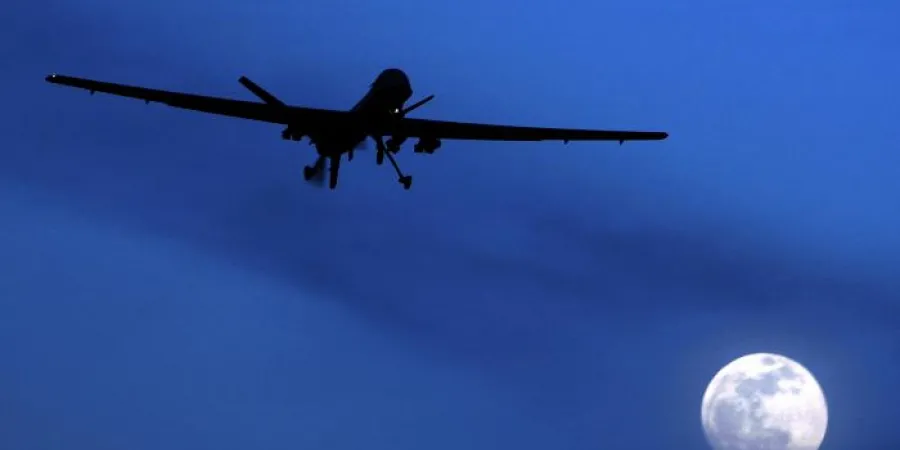US Missile Defense Agency Awarded Contracts to Design UAV-Based Laser
The MDA has awarded three contracts to develop preliminary designs for an Unmanned Aerial Vehicle-based multi-kilowatt class laser to demonstrate beam stabilization technology
IsraelDefense
| 12/12/2017
The US Missile Defense Agency has awarded three contracts to develop preliminary designs for an Unmanned Aerial Vehicle-based multi-kilowatt class laser to demonstrate beam stabilization technology, Defense News reported on Monday. Each contract is worth roughly $9 million.
The Low-Power Laser Demonstrator program was officially launched in 2015 when the MDA awarded concept design contracts to five companies: Boeing, General Atomics, Lockheed Martin, Northrop Grumman and Raytheon.
Industry concepts were designed to meet MDA requirements and assess the feasibility, schedule, and cost of building and testing a laser-equipped demonstrator, Lt. Gen. Samuel Greaves, MDA’s director, told Defense News. The demonstrator will consist of a tracking laser, a defensive laser, and a beam control system integrated onto an unmanned aircraft that can fly at high altitudes.
The Low-Power Laser Demonstrator program is part of MDA’s efforts to develop and demonstrate directed energy and laser technologies that could be integrated into the Ballistic Missile Defense System, Greaves said.
"We are actively testing a broad range of potential concepts that could be deployed on a variety of platforms," he said. One potential concept is exploring a UAV-mounted laser that could destroy Intercontinental Ballistic Missiles (ICBMs) in the boost phase at long standoff ranges.
"We are currently testing a number of technologies to determine if this is a viable concept," Greaves said. "Based on the results of these and other tests, we will work closely with the [Pentagon] and Congress to determine the best way to integrate directed energy and laser sensing into the missile defense system."
The MDA has awarded three contracts to develop preliminary designs for an Unmanned Aerial Vehicle-based multi-kilowatt class laser to demonstrate beam stabilization technology
The US Missile Defense Agency has awarded three contracts to develop preliminary designs for an Unmanned Aerial Vehicle-based multi-kilowatt class laser to demonstrate beam stabilization technology, Defense News reported on Monday. Each contract is worth roughly $9 million.
The Low-Power Laser Demonstrator program was officially launched in 2015 when the MDA awarded concept design contracts to five companies: Boeing, General Atomics, Lockheed Martin, Northrop Grumman and Raytheon.
Industry concepts were designed to meet MDA requirements and assess the feasibility, schedule, and cost of building and testing a laser-equipped demonstrator, Lt. Gen. Samuel Greaves, MDA’s director, told Defense News. The demonstrator will consist of a tracking laser, a defensive laser, and a beam control system integrated onto an unmanned aircraft that can fly at high altitudes.
The Low-Power Laser Demonstrator program is part of MDA’s efforts to develop and demonstrate directed energy and laser technologies that could be integrated into the Ballistic Missile Defense System, Greaves said.
"We are actively testing a broad range of potential concepts that could be deployed on a variety of platforms," he said. One potential concept is exploring a UAV-mounted laser that could destroy Intercontinental Ballistic Missiles (ICBMs) in the boost phase at long standoff ranges.
"We are currently testing a number of technologies to determine if this is a viable concept," Greaves said. "Based on the results of these and other tests, we will work closely with the [Pentagon] and Congress to determine the best way to integrate directed energy and laser sensing into the missile defense system."



